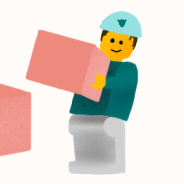If history has taught us one lesson in business, it is those who adapt will at minimum survive, and those who fight tooth and nail for the status quo will flounder when the world shifts. If many smart people say that something “is the future”, it is generally worthwhile to at least figure out why.
To clarify that point it is worthwhile to research, but not necessary to implement. That comes after validation.
There are two growing trends making noise across industries:
- The Data Economy
- The Objective and Key Results framework
The Data Economy is much more popular. This is due to it infiltrating every business sector and consumer. It doesn’t matter if you are B2B, B2C, government, local newspaper, or online gaming, the ability to interpret the large amounts of accessible data has become part of the conversation.
Objective and Key Results (OKRs) are a bit more niche, and slightly less known. It is more philosophy, opinion. Frameworks require group buy-in and orchestration. But the wave is coming, especially since the most powerful businesses of today were built and operate inside of them: Google, Amazon, IBM, etc.
So let’s talk about them.
The Data Economy
The rise of the Data Economy was predictable.
Data has been around for strategy purposes since, well, forever. It was just less advanced, hard to collect, and inaccessible to most even if they tried. Tacticians of the past include generals moving their armies through a series of battles across the countryside, or thinkers such as Pythagoras who restricted his findings to select peers, officials, and society members. Aggregated data was a treasure, and often took significant manpower and time to create.
Which leads to the story of how we have used data up to today:
Phase 1: Beginning of Time to Late 1980s
Most work, and at some points all work, in the business realm was done outside of digital assistance.
Phase 2: Late 1980s to Early 2000s
Data starts to be fed to the early adopters of the IT departments and corporations. This eventually spread into creating data processing and data warehouses. The majority of management teams took a hands-off approach.
Phase 3: Early 2000s to Late 2000s
Enterprises and Silicon Valley go all in on the data revolution. Roles such as data analysts and data scientists become common. Computer languages are being built more and more to manipulate data sets. Collecting and then analyzing large amounts of data is a popular practice to make a business decision across most industries.
Phase 4: Late 2000s to 2019
The mayhem hits the markets. No longer are companies impressed with large data sets, there is curiosity in the next frontier: predictive analytics, machine learning, artificial intelligence, automation, etc.
Companies and management struggle with what to embrace and what to leave idle.
Phase 5: 2019 to ????
This is where we are today. Big Data, analytics, and automation are past the initial market mayhem and have normalized themselves into everyday life. Teams now have to decide on how to make decision with vast amounts of information at hand. How to find a balance between quantity and quality that will set them up for success.
-----
As you can see from this snapshot that times have rapidly changed as we head to a more egalitarian approach to data. It is has become widely accessible. A 2018 issue of The Economist nicely summarized this a headlining piece:
“They are no longer mainly stocks of digital information - databases of names and other well-defined personal data, such as as age, sex and income. The new economy is more about analysing rapid real-time flows of often unstructured data: the streams of photos and videos generated by users in social networks, the reams of information produced by commuters on their way to work, the flood of data from hundreds of sensors in a jet engine. From subway trains and wind turbines to toilet seats and toasters - all sorts of devices are becoming sources of data.”
At Yaguara we can’t officially confirm that toasters are a catalyst of business growth. But we can confirm that the new data economy is here, and it's real, and it's not going anywhere.
OKRs
The rise of OKRs were a bit more discreet. This is due to it being an internal framework, and companies tend to hold out on revealing their secret sauce on their way to becoming a market leader.
OKRs are an organizational goal-setting framework popularized by Intel and Google. Its purpose is to take all the hard work you have spent identifying the company growth strategy and then allowing the team to absorb the information in a straightforward way. Thus giving clear direction, empowering everyone to tie work to the big picture.
So think of it as a mix of daily inspiration and systematic thinking. Here are its two primary forces:
Objectives - The highest-ranking component, acting as a parent to all the other pieces. This is where you set the most important initiatives to unite the teams. Whether it be the master plan or a quarterly push, Objectives will be the guiding light for your company’s growth.
Key Results - How your teams track performance and measure results for a greater Objective. The key results are aggressive, but always measurable, time-bound, and limited in number.
These two components operate like yin and yang. A guiding inspiration needs disciplined measurement to ever be deemed successful. And measurement is pointless if its not tied to the high-level vision. The popular explanation is broken down in a one sentence formula:
I will (Objective) as measured by (this set of Key Results).

Thus, combining an Objective with Key Results leaves a team with clear powerful direction:This mentality moves teams towards a journey-based approach, not a finite project. That is a critical factor in why this framework has risen to the top, and not been ditched like so many others throughout the years. Because throughout history a large percentage of enterprises have operated off the top-down assignment model. Meaning management decides on strategy with exclusive information, to then assign out mandatory time-sensitive tasks to those below. Not only was this process rinsed and repeated, but so were the employees after enthusiasm waned.
With OKRs, emphasis is put on transparent communication, cooperation, and constant improvement to keep the business moving forward.
In our opinion the most complete overview of OKRs can be found in John Doerr’s book: Measure What Matters
Current State of Affairs
A business is an organizationally-based community in which its members have created social and professional ties to elevate a purpose. This concept is concrete, it does not change depending on headcount. It does not change based on location. It does not change based on number of data scientists. And the ongoing shift to these systems and new ways of operating have complicated purpose for some.
Working with Data?
An OKR implementation?
Both of these initiatives can sound daunting depending on your role in the company. You need access to both systems and authority, buy-in from multiple parties, and then precious time for training. And the scary realization is that all these efforts doesn’t mean guaranteed success, or scale. So one can see why teams either lose momentum or refuse to even begin these initiatives, especially since they have their everyday tasks, or yesterday’s purpose, to resort back to instead.
However that’s a risky approach to emulate. And though change will be met with friction, future businesses must always keep evolving to their next shape. The DNA must change. The ability to have data-based decisions and goal-setting frameworks such as OKRs are now a luxury offered to all. They are designed spur growth, to put add more fuel to the fire.
So we, Yaguara, set on the mission to help solve this misconception. Working with Data and OKRs should not be viewed foreign, overwhelming practices.
Yes, standalone data is dry and expansive. And yes, standalone goals lose momentum. But when the two are bridged by collective human purpose, outcomes can surface that propel the organization forward. Everyone operates with confidence and intent.
What we find fascinating is that one doesn’t have to have a PHD in Data Science nor hire a consulting firm to implement OKRs. And we built a platform to prove it. Our goal is to democratize these concepts that were traditionally pigeon-holed to specialists or management, and marry them to entire companies.
In Yaguara, everyone can work with the data that matters most.
In Yaguara, everyone can be a part of Objectives and Key Results that propel the company forward.
In Yaguara, everyone works better together.


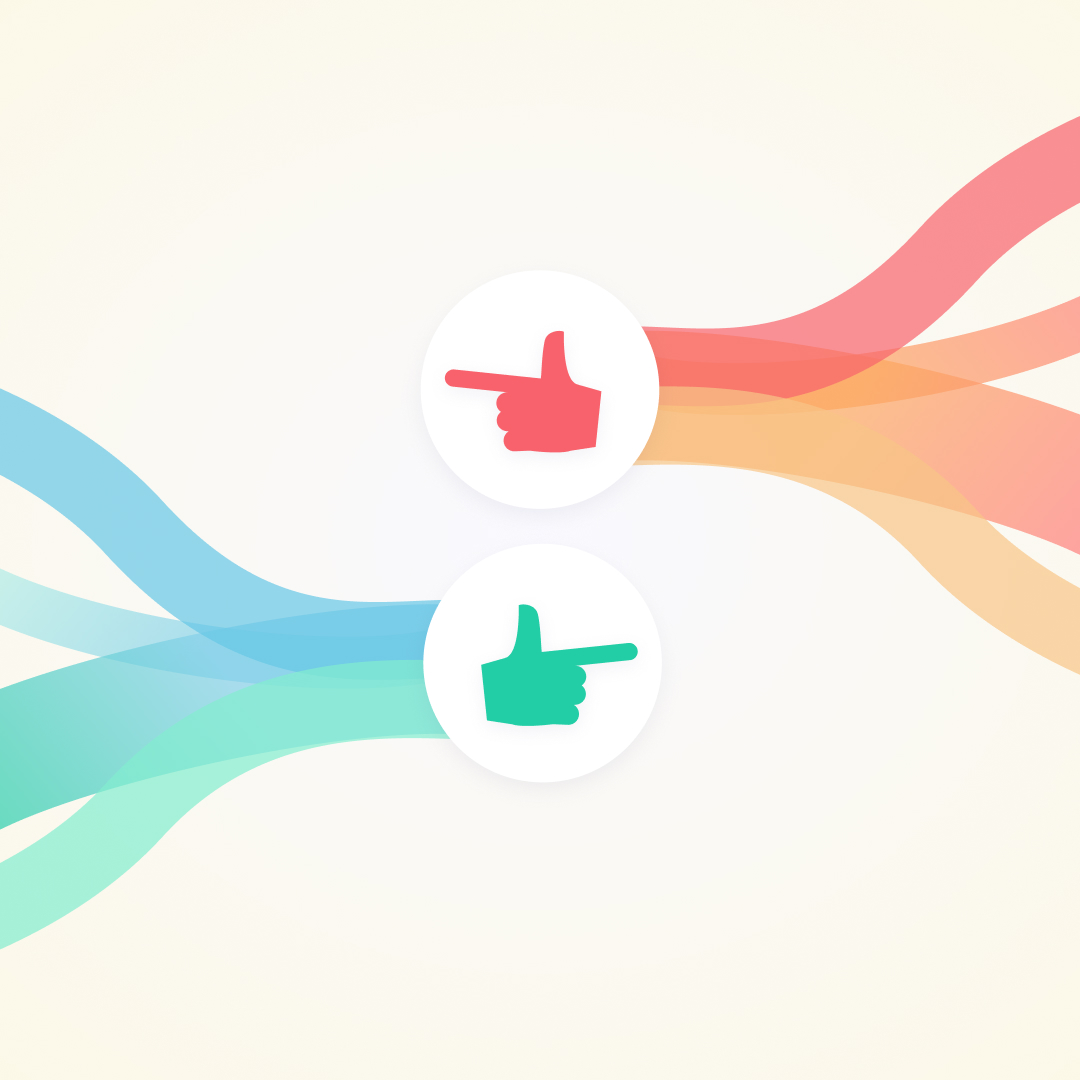
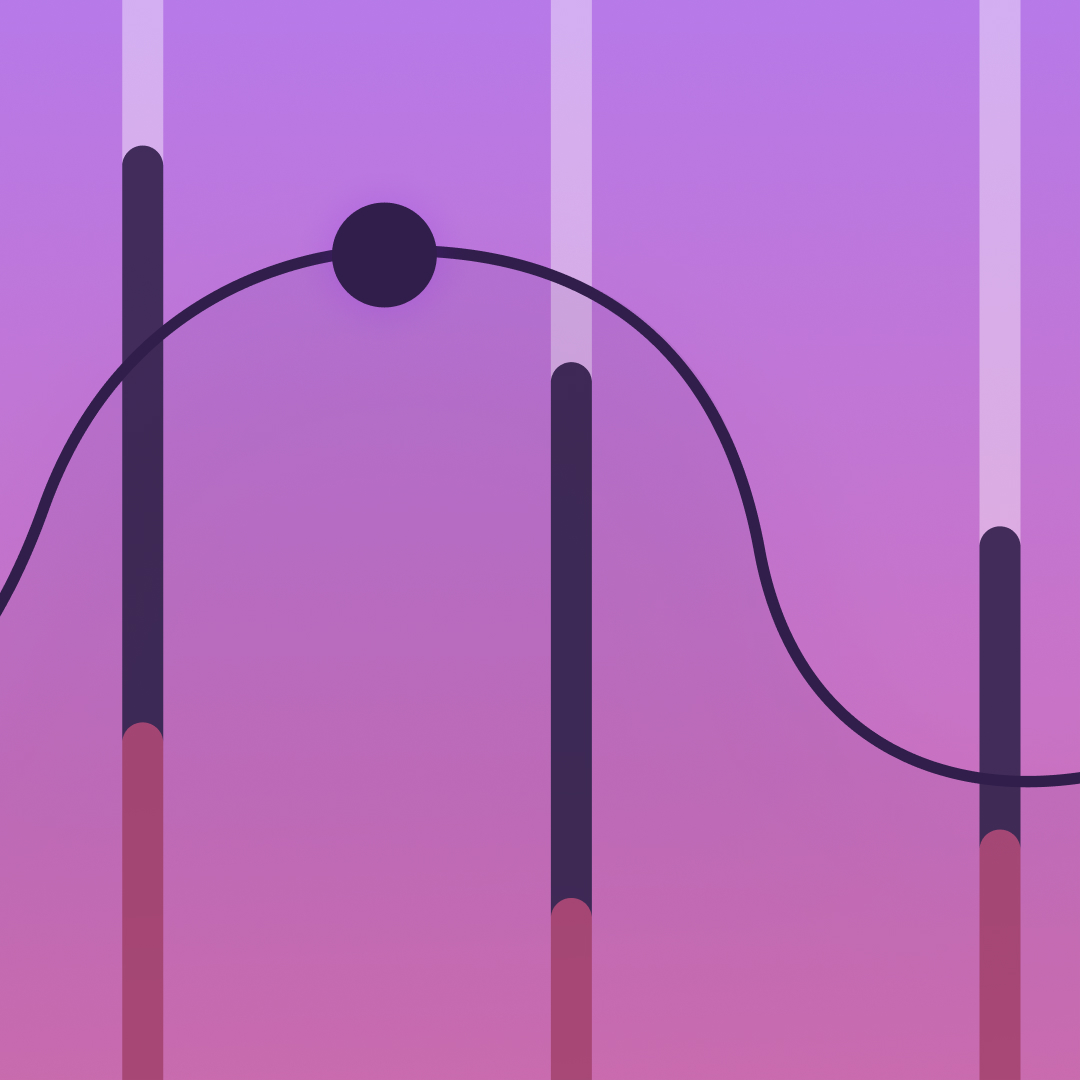
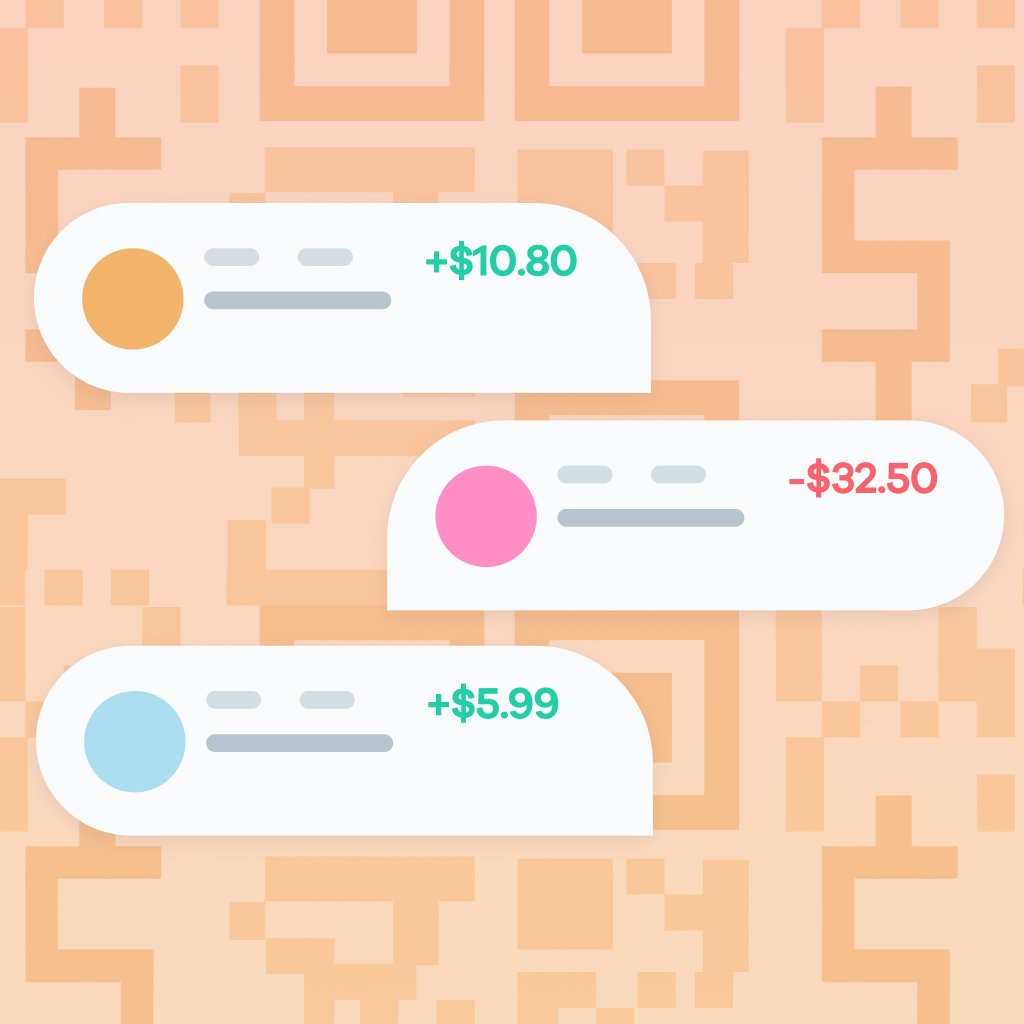



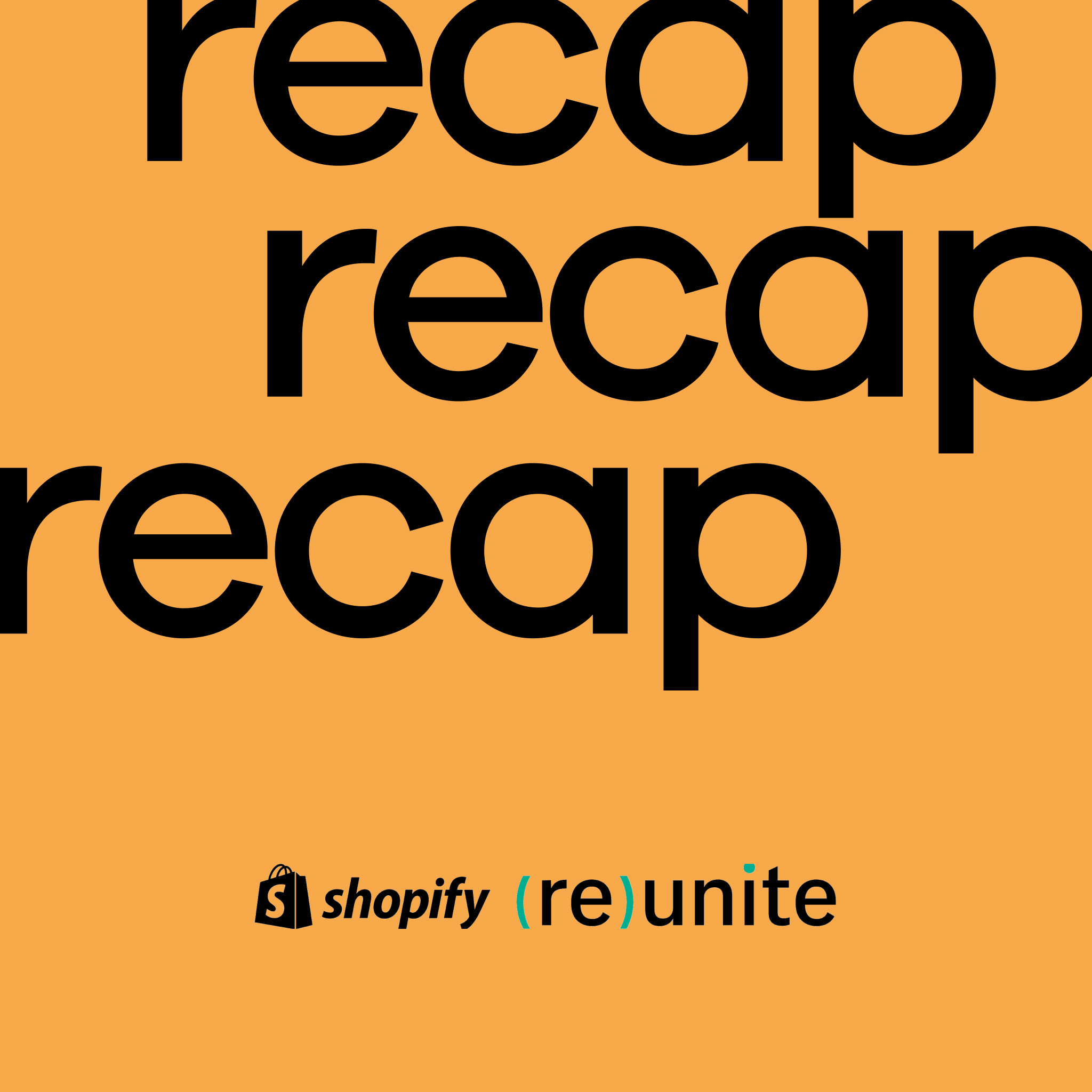
.png)
